GUATEMALA - MAY 2008
May 10 - Rabinal to Río Negro

On our trip to Río Negro, we had lunch at this great restaurant where I was able to load up on espresso! This Americanized establishment, with its interior and exterior ambiance, instantly transported me to Tennessee, USA, where last summer I sat in a similar styled restaurant with another group of students. I felt 'normal' here or maybe the more appropriate word would be safe. Outside, looking at the grazing horses in the fields, I reflected on the events of the past few days and considered my place in it all. What was I doing here? What did I think? What could I do? How can I contribute? I didn't have answers then and I still struggle with some of these questions.
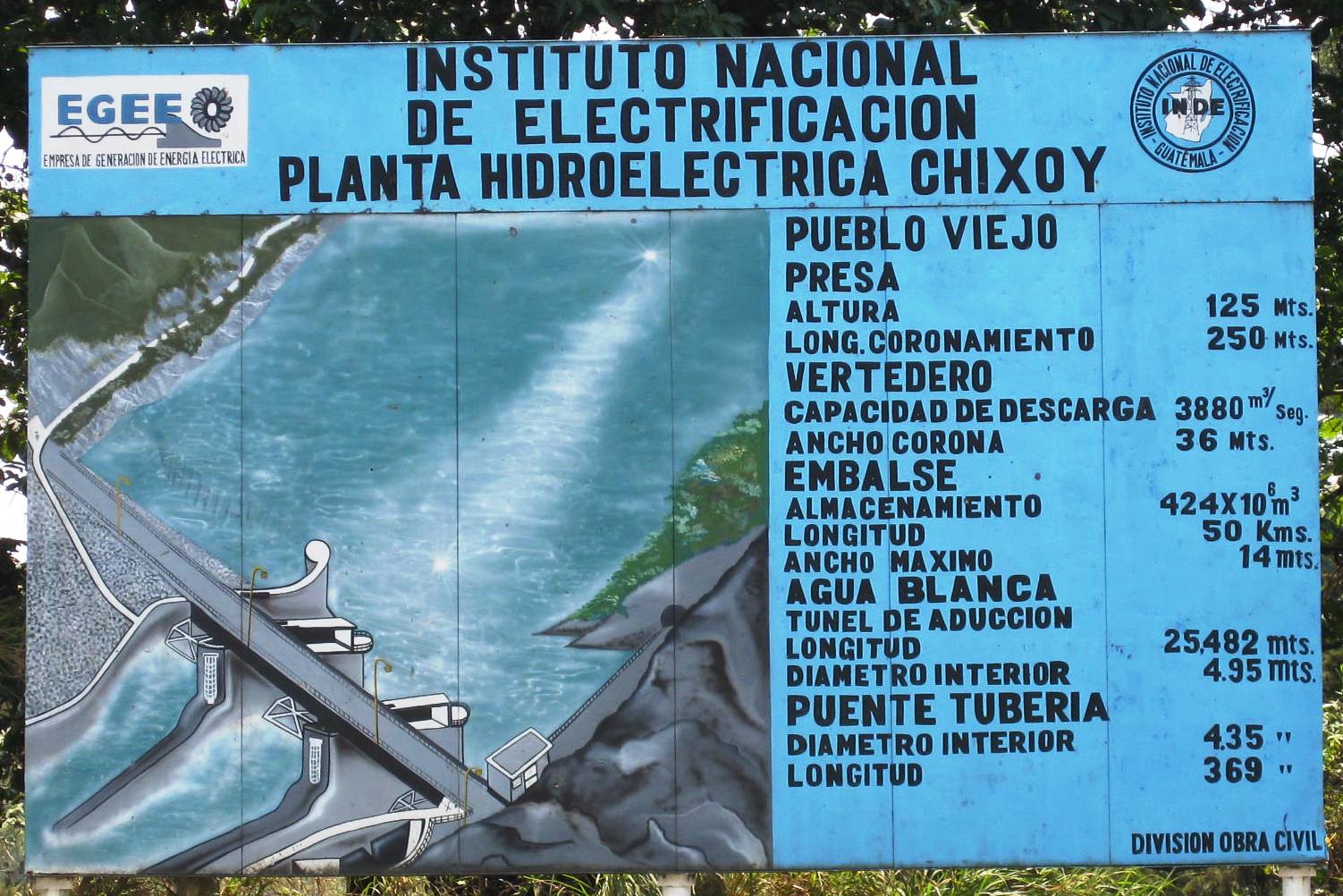
The Chixoy hydroelectrical dam project on Río Negro. This dam, costing $350,000,000 (USD),
was a joint development of the World Bank, the Inter-American Development Bank, and the military regime of Guatemala.
The Río Negro
massacres of 1982 (four in total) were conducted largely because the community opposed being displaced by the construction of this dam.
In total 440 members of the community were murdered by the neighbouring community of Xococ who were forcibly conscripted
into the military run Civil Defense Patrol (CDP).
(Photo credit: Catherine Nolin)
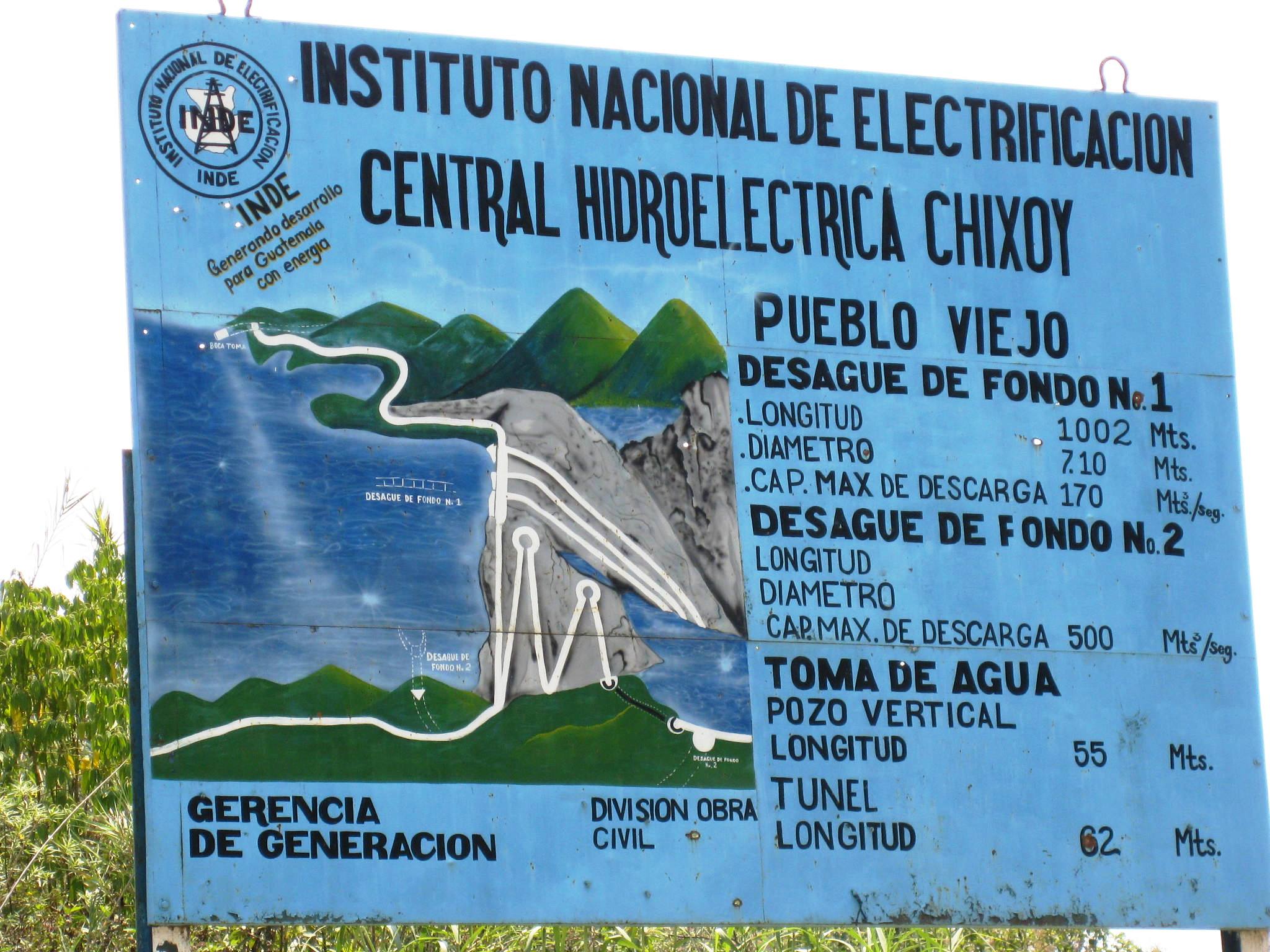
(Photo credit: Catherine Nolin)

Damming Río Negro has caused significant environmental and cultural impacts. The fluctuating water levels have significantly eroded the shoreline, evident in this photograph, is creating extensive sedimentation in the river. Sedimentation commonly decreases fish populations, degrades drinking water quality, and reduces water oxygen levels, among other impacts. In addition to these environmental impacts, the village of Pueblo Viejo and its traditional Maya-Achí trails, dwellings, and sacred sites have become completely submerged.
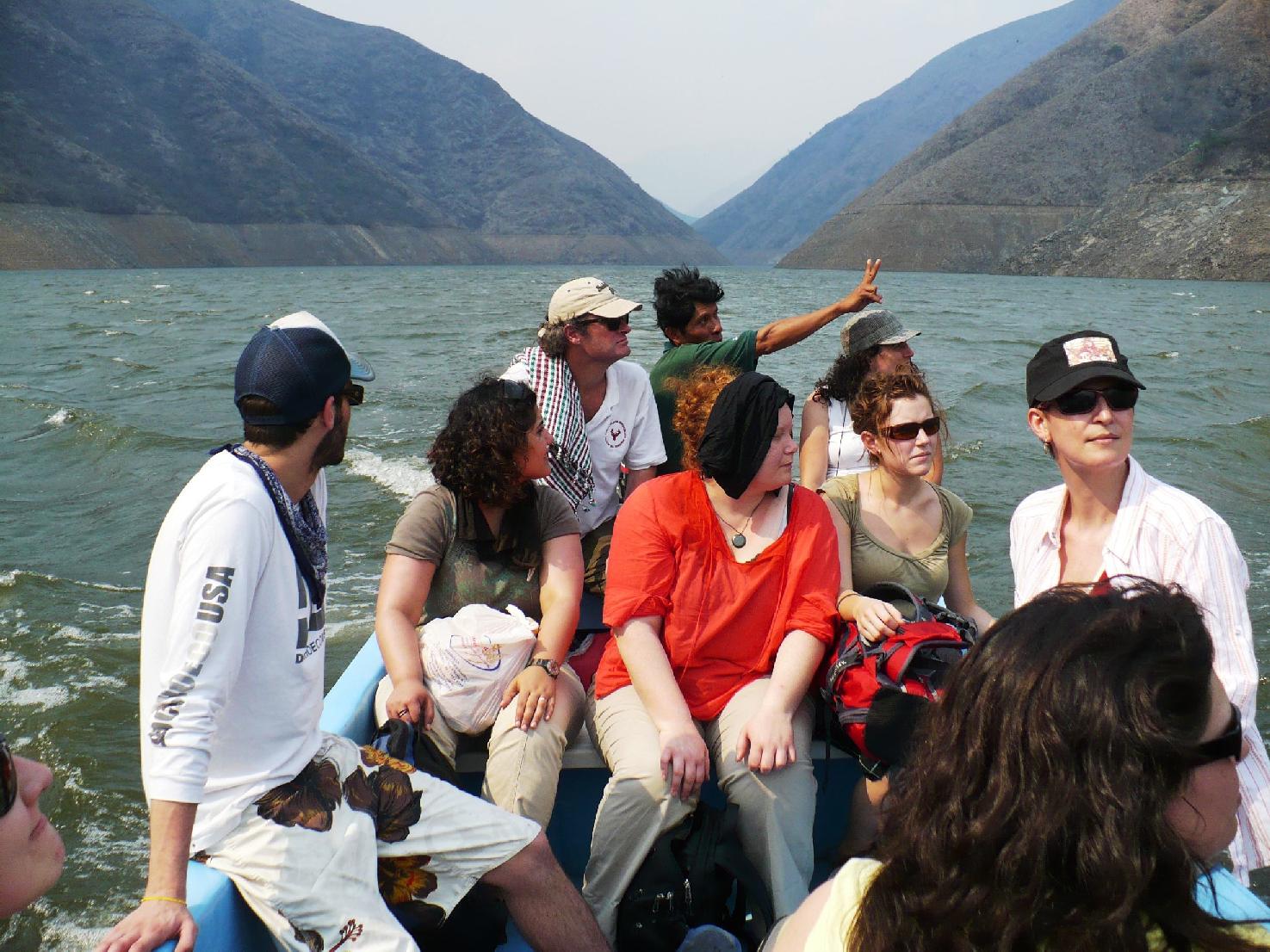
Sebastian Iboy Osorio, a Río Negro massacre survivor, provided a 2-day tour of the Río Negro Historical and Education Centre located approximately 40 minutes up river from the Chixoy damn.
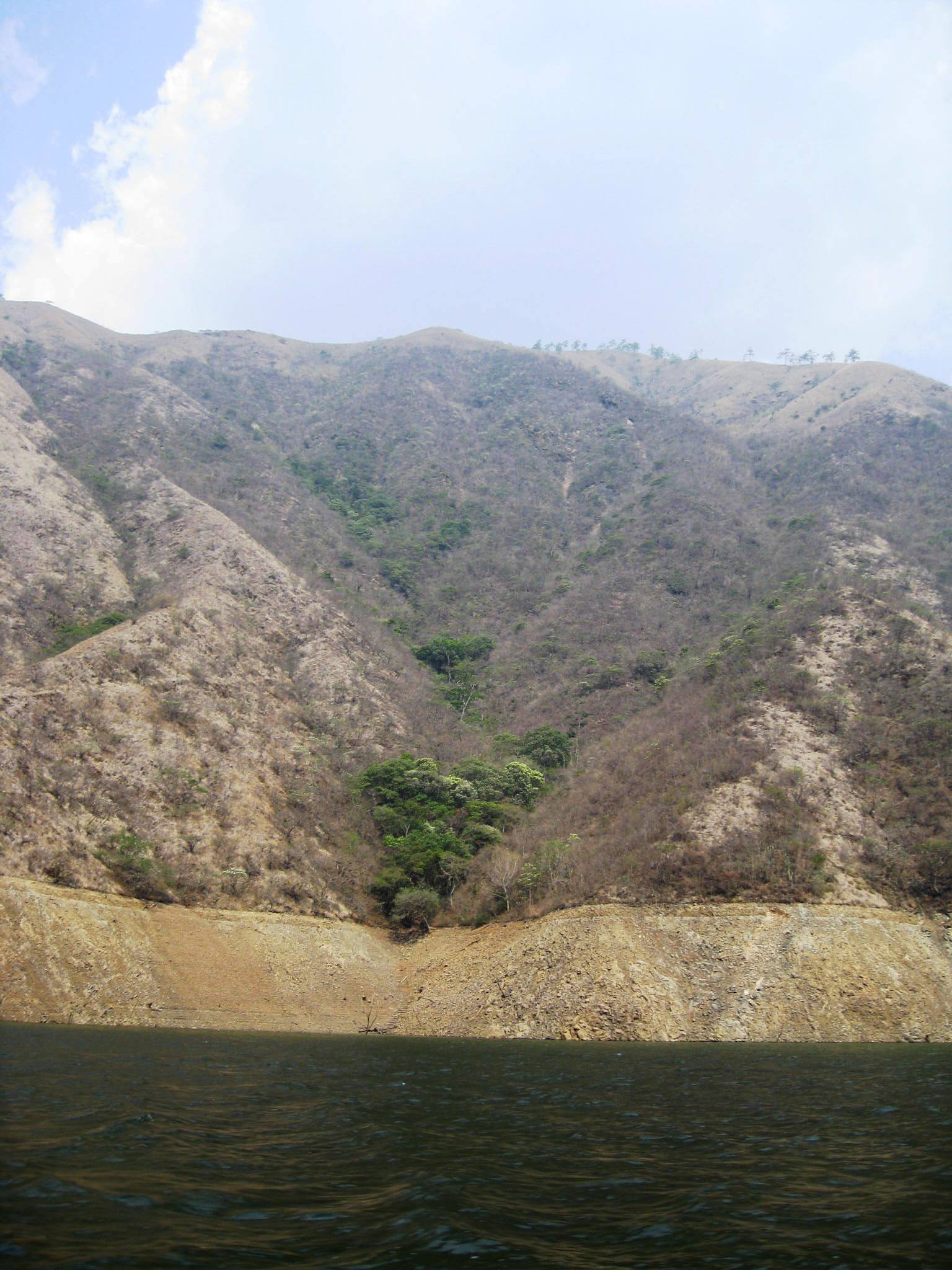
Sebastian points to mountain draws (narrow valley between two mountain ridges) where an accumulation of vegetation
provided cover to hide from the military patrollers where he survived for two and a half years on two tortillas a day,
the fleshy tissue at the base of palm leaves, fishing, and yucca-like roots. During this time, Sebastian was married to
Magdalena, also a massacre survivor, in a draw near Canchun. This particular draw is where Sebastian survived during
this period.
(Photo credit: Catherine Nolin)
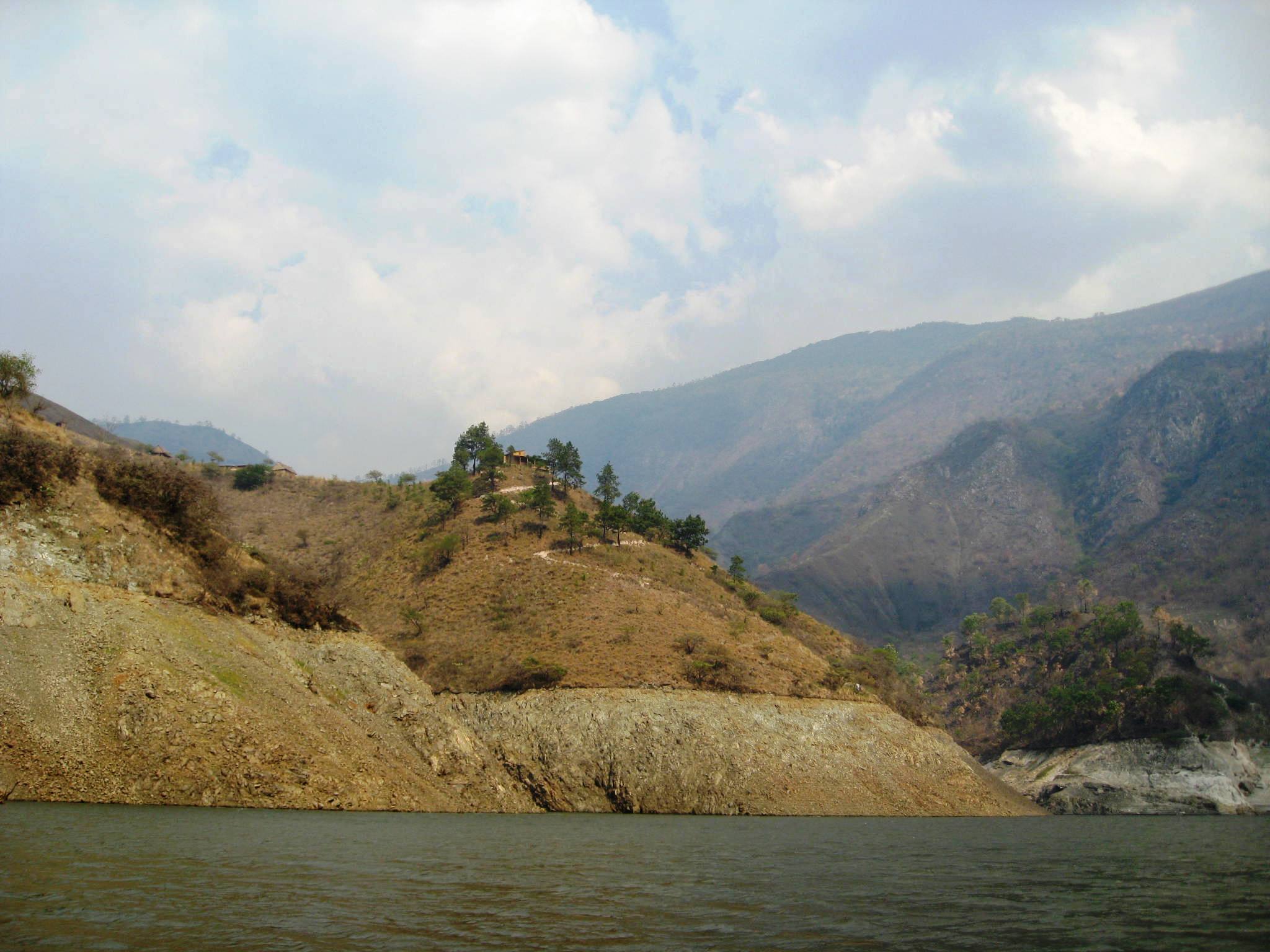
Our destination, the newly constructed hostel at the Río Negro Historical Centre. The village of Río Negro is nearby,
where currently only 13 families have chosen to reside. Many are afraid to return.
(Photo credit: Catherine Nolin)
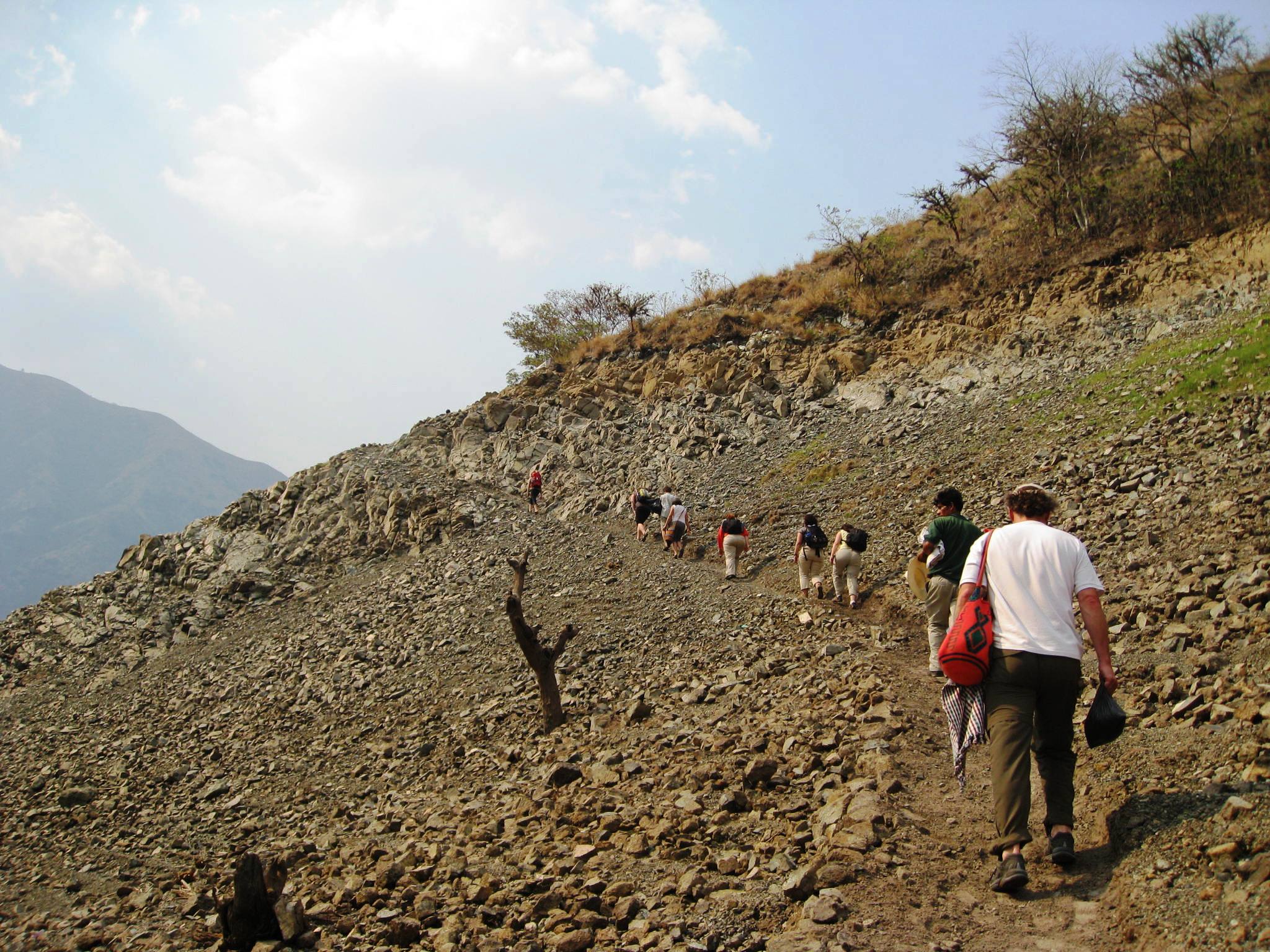
The walk from the rivers edge to the hostel at the Río Negro Historical Centre. This was roughly a 20 minute walk up steep, loose terrain with many switchbacks.
Very high temperatures combined with the steepness made this quite a memorable excursion.
(Photo credit: Catherine Nolin)

"Welcome to the Río Negro Historical and Education Centre." This centre was created with the help of ADIVIMA (Association For the Integral Development of the Victims), based in Rabinal, and funds and technical support from Germany.

On a foot tour of the centre, we learned about the Maya-Achí culture including traditional dwellings and tools, using lunar cycles to predict favourable fishing periods, foods that were produced and consumed, and methods of cultivation and harvesting. As evident, Maya-Achí culture is strongly influenced by nature and its cycles.

A trial pine plantation where several species are grown.

Remnant foundations of homes that were abandoned on March 13th, 1982, the day that 70 women and 107 boys and girls were massacred by the CDP of the neighbouring village of Xococ.
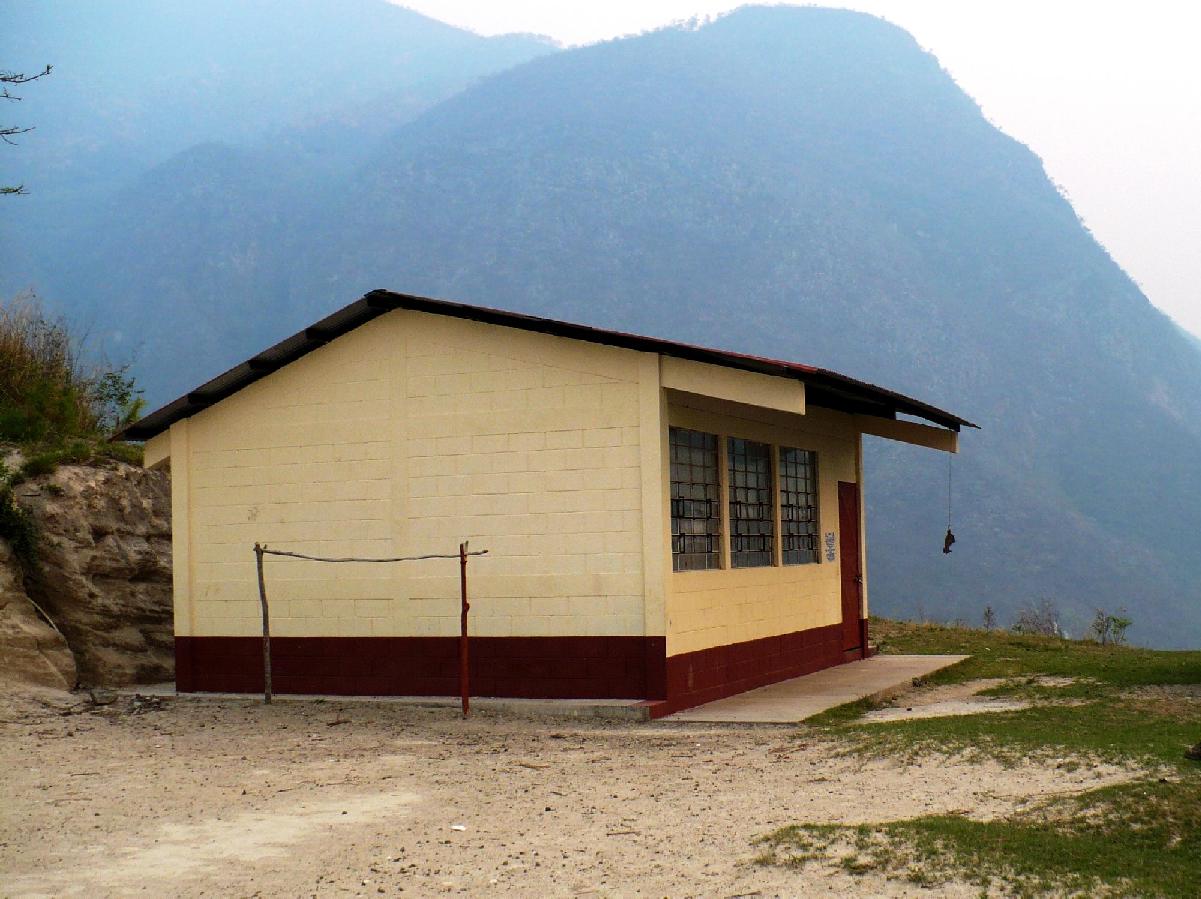
The primary school house.

A mural depicting the layout of the village of Río Negro painted by the school children.
Information signs and cultural demonstrations at the centre


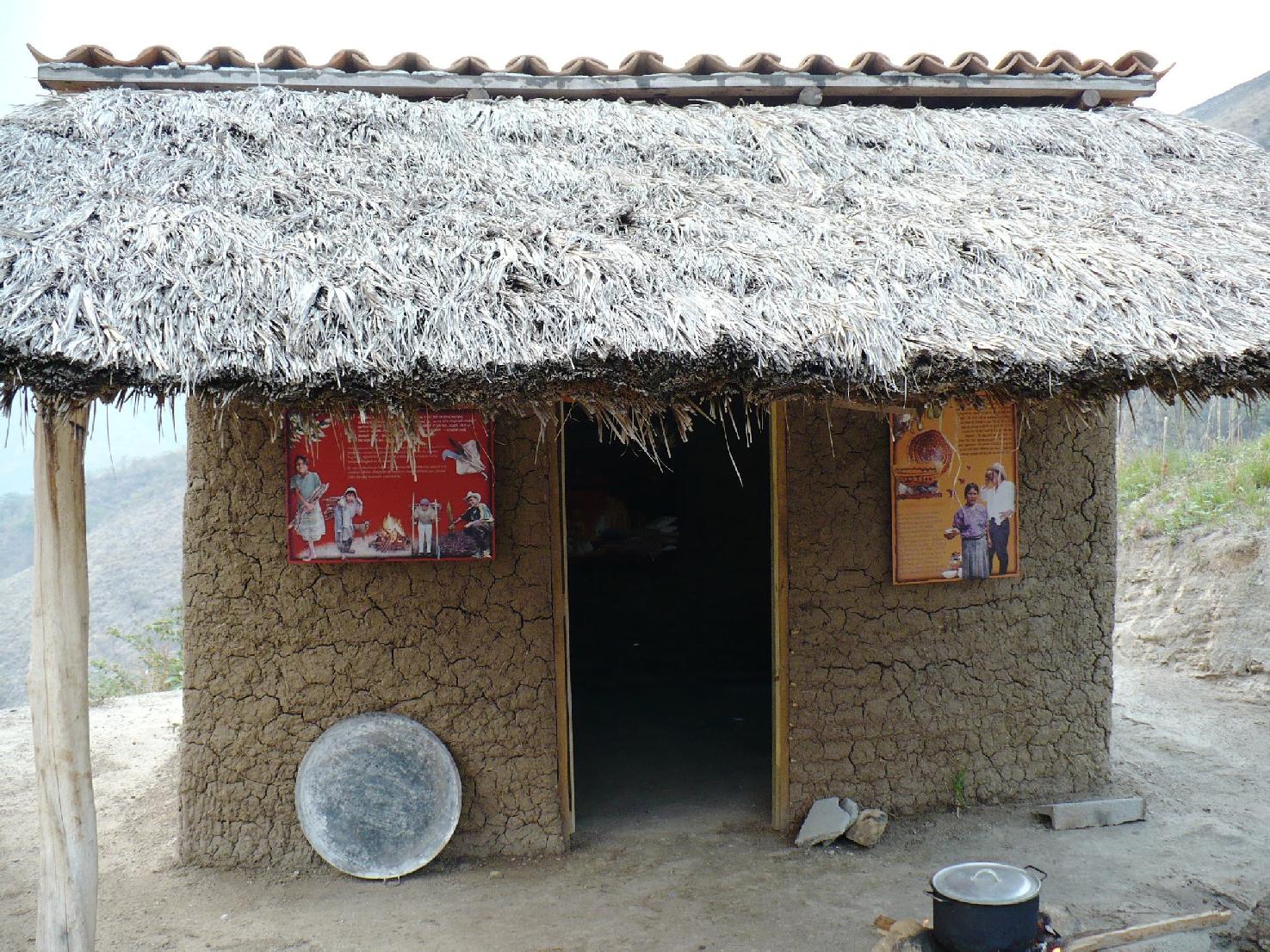
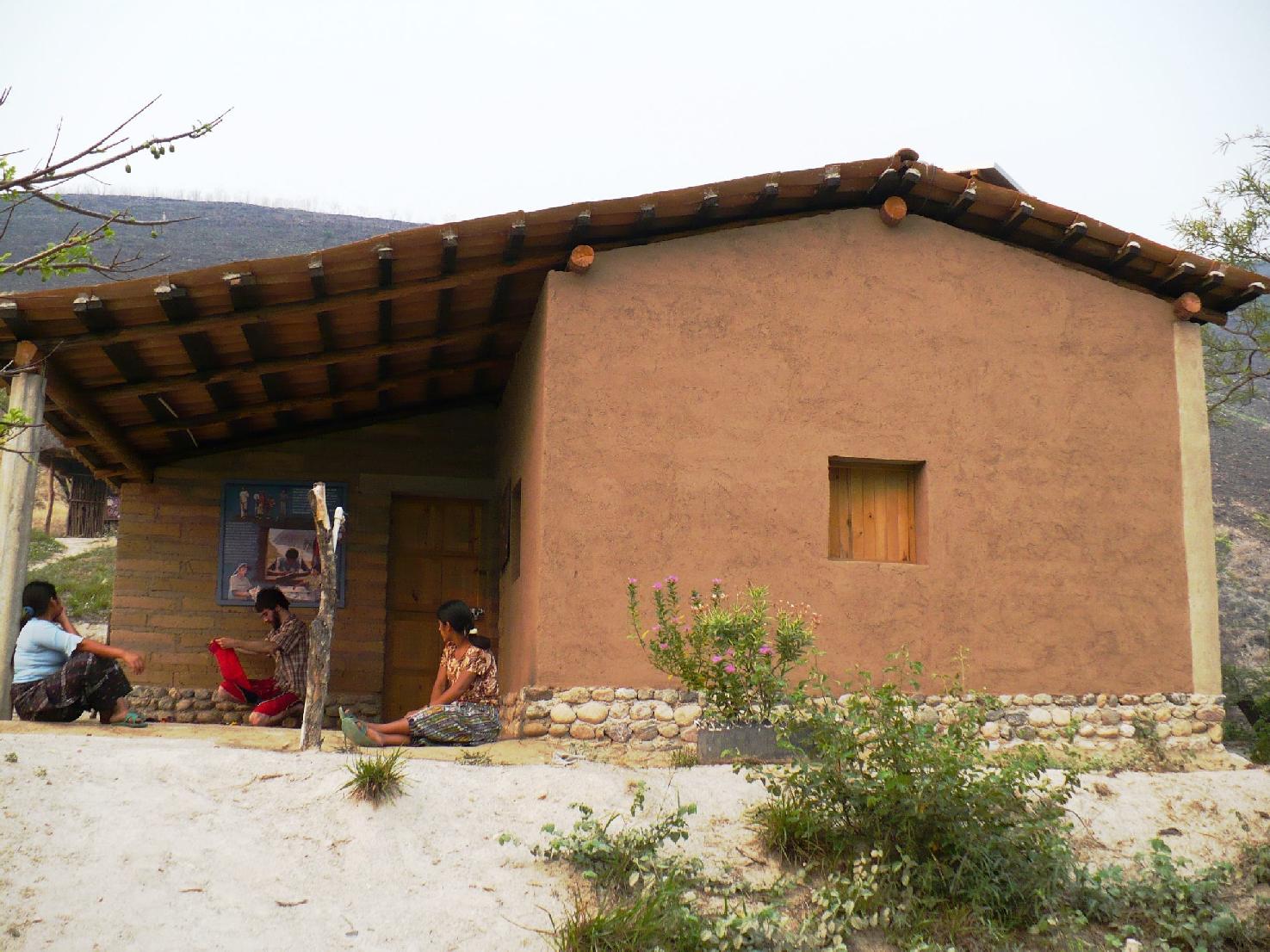
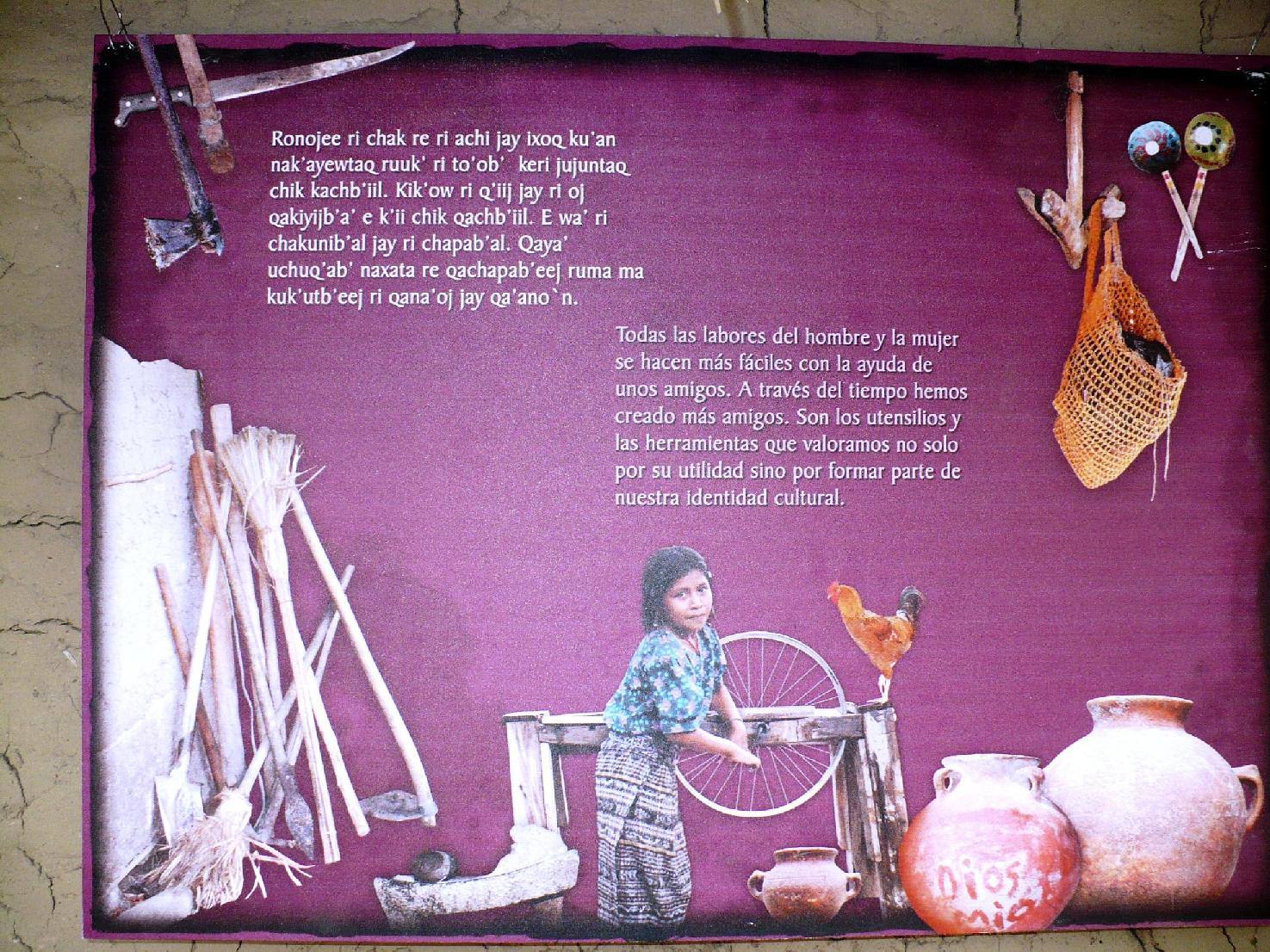
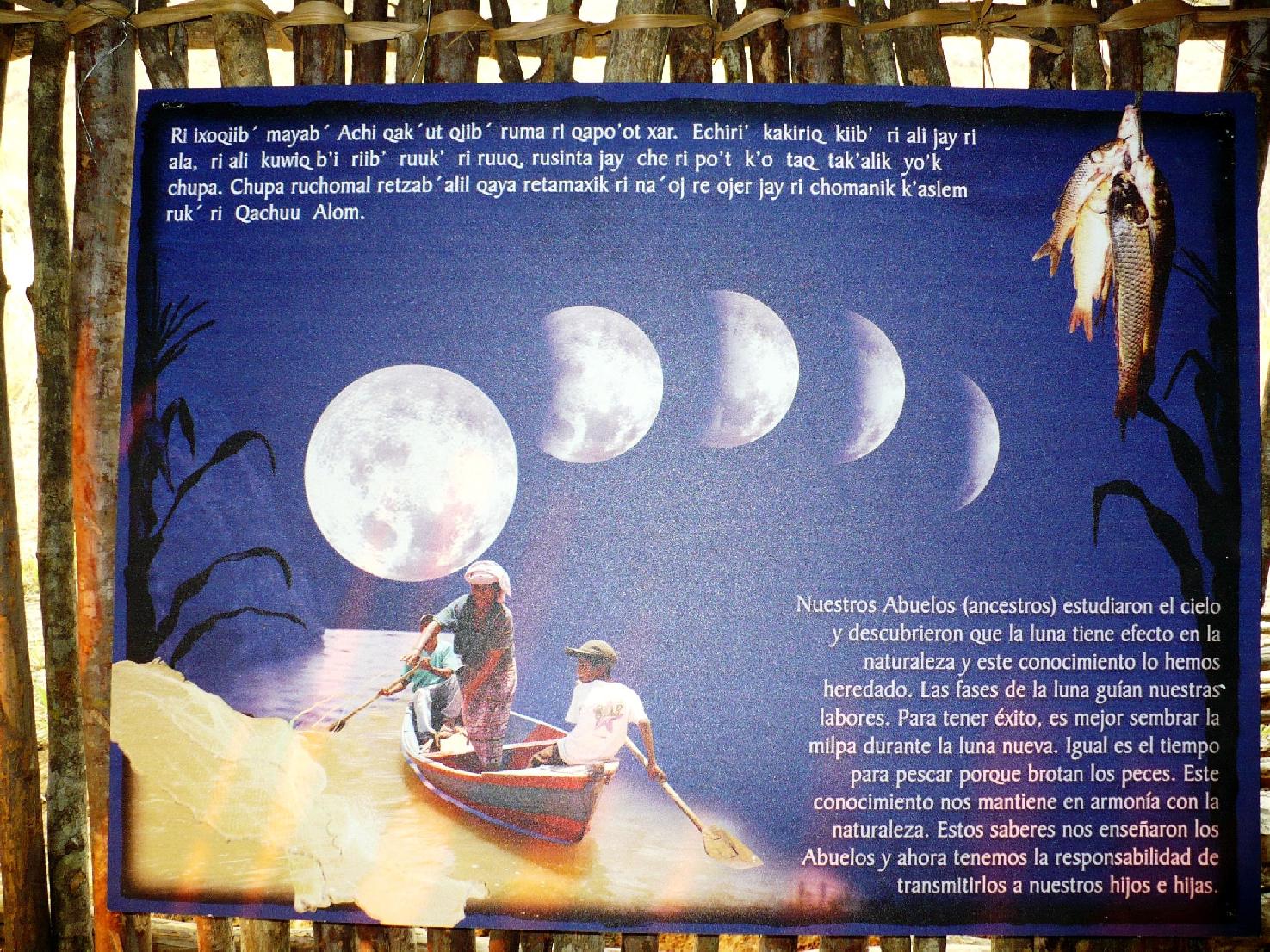
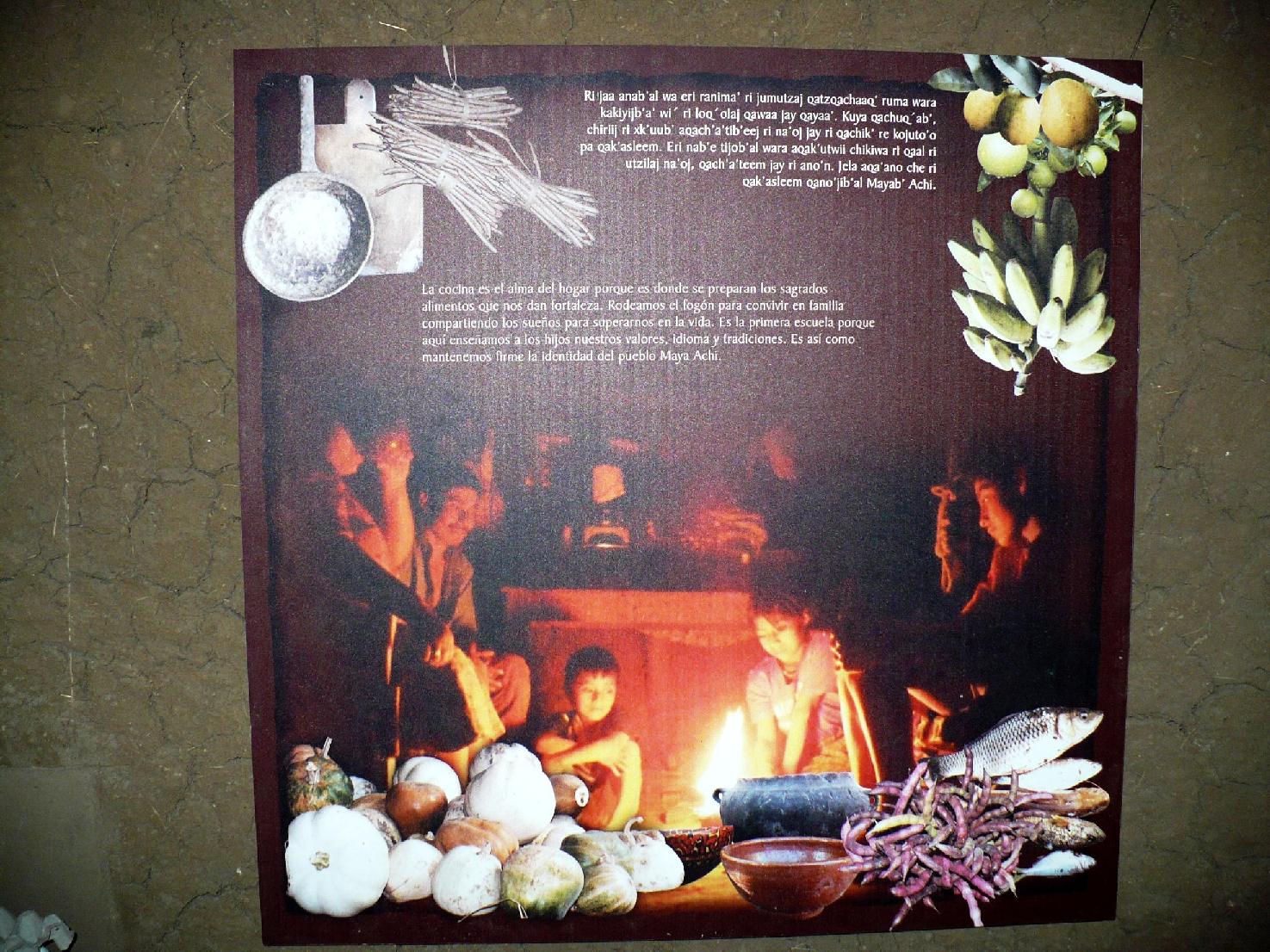
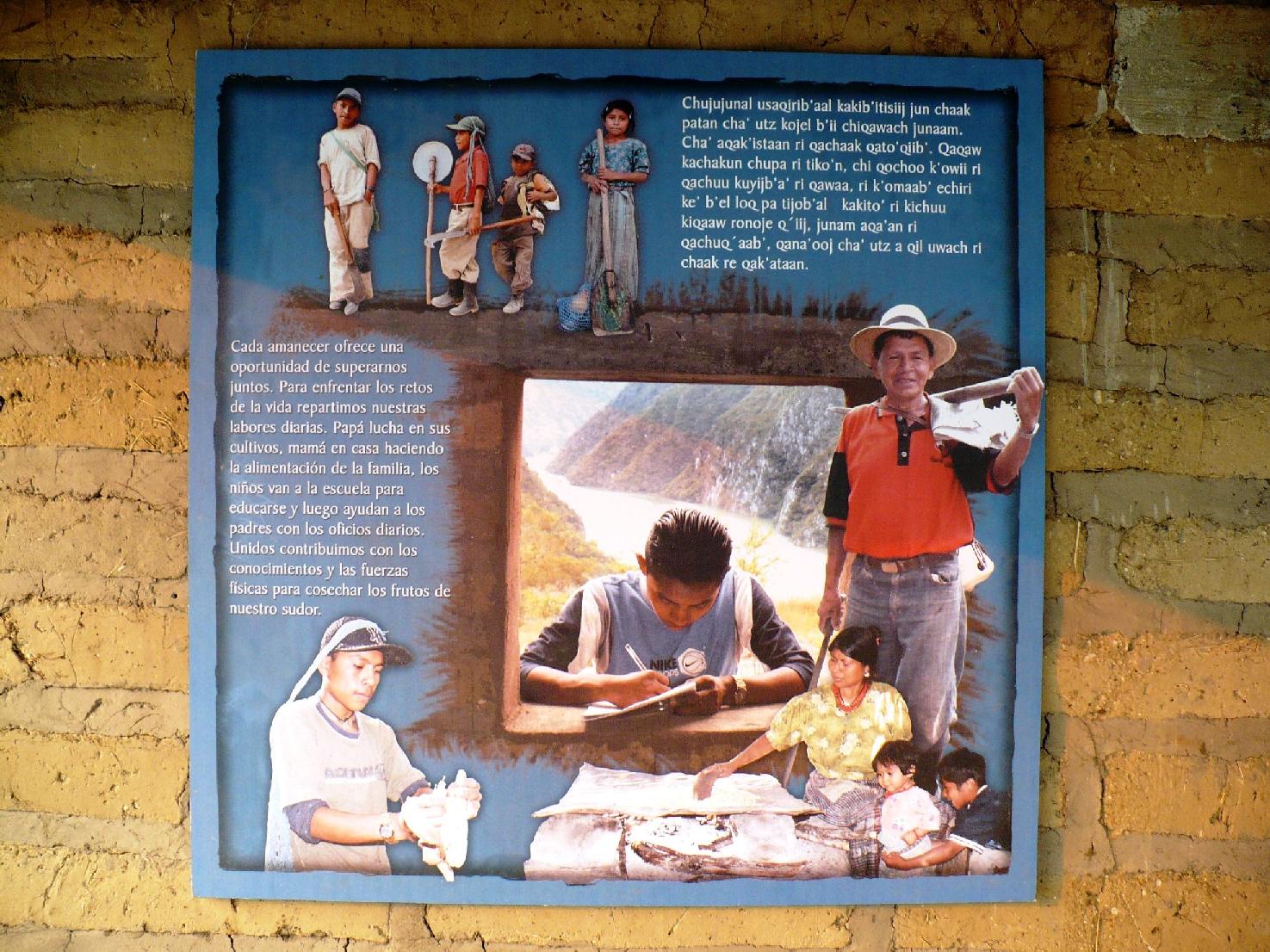

Some beautiful scenes in this ironically peaceful place

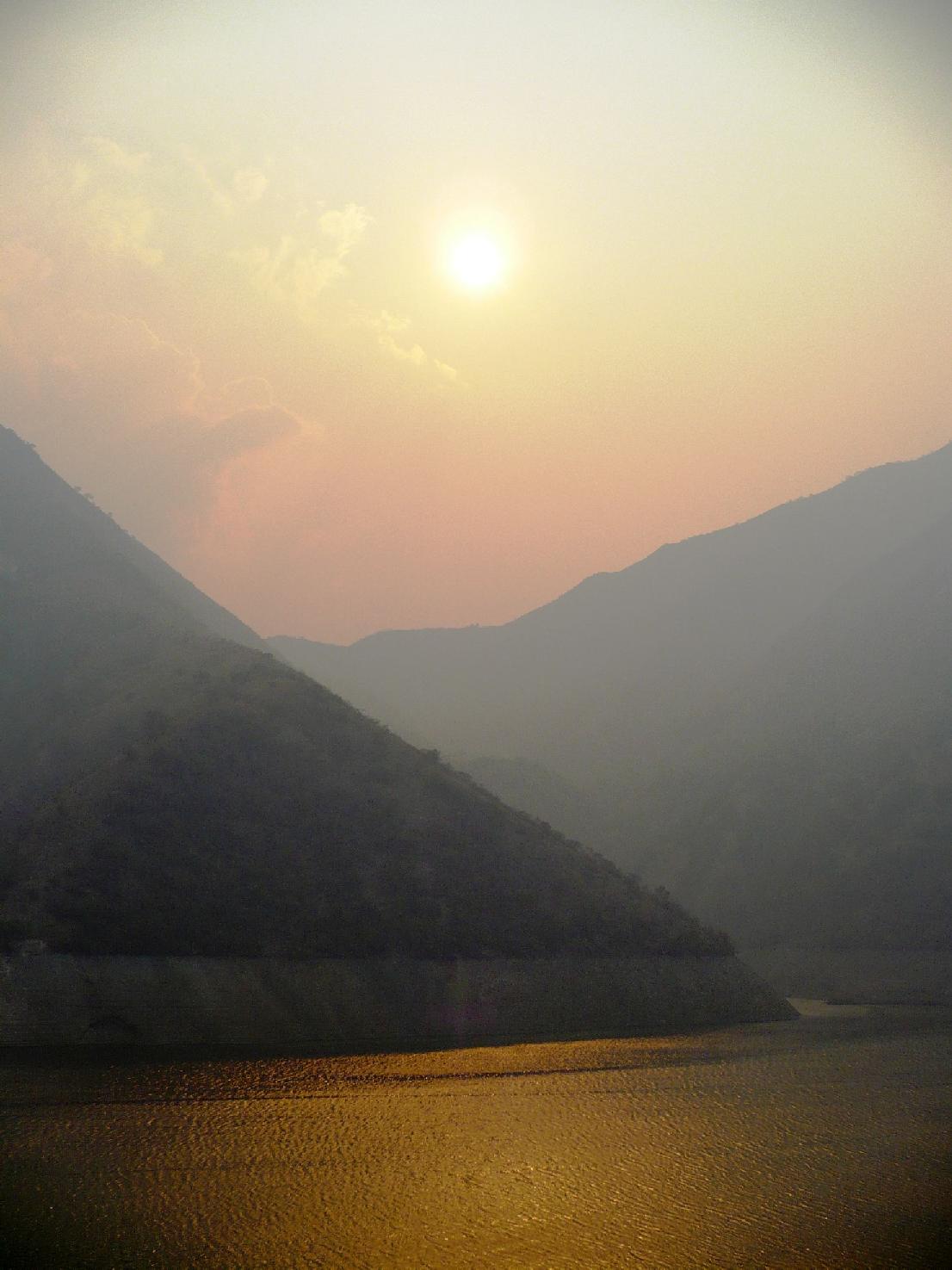

A traditional dinner cooked by our hosts



